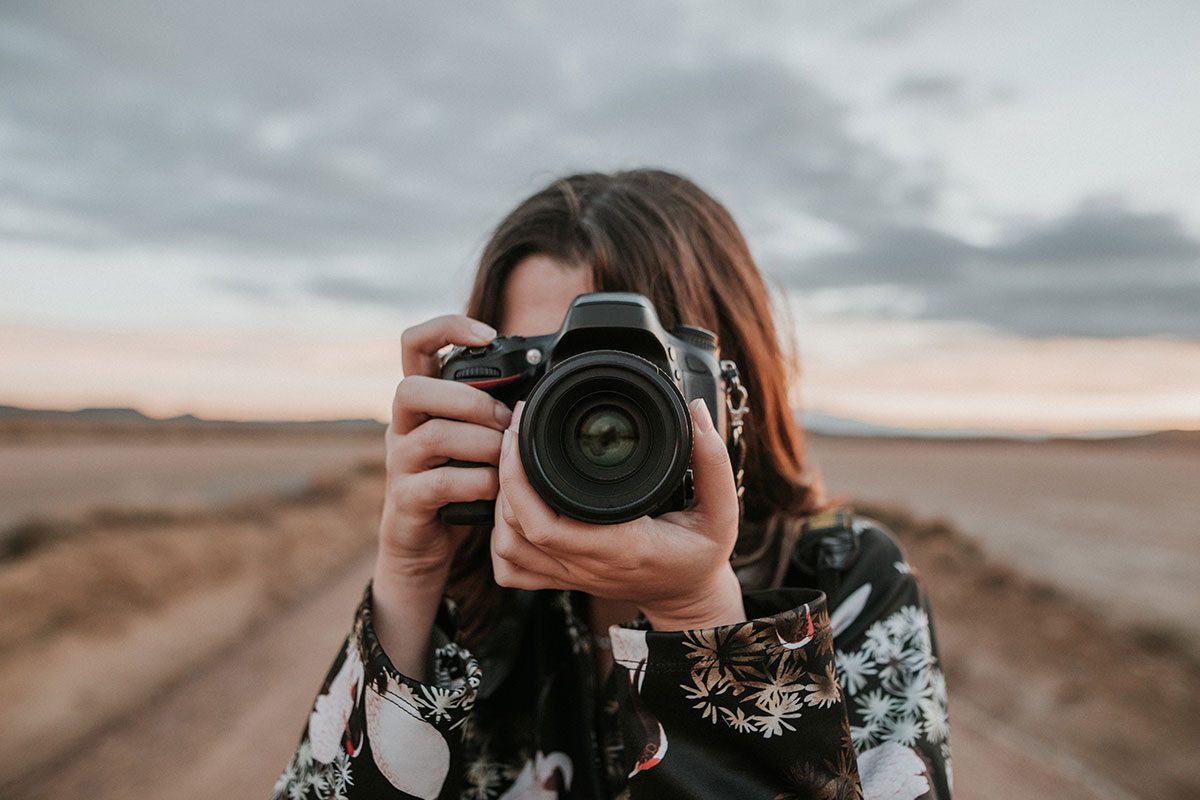
Photography is an art form that has captivated humanity for nearly two centuries. From its humble beginnings with the daguerreotype process to the advanced digital imaging techniques of today, photography has evolved into a powerful medium for capturing and conveying moments, emotions, and stories. This article explores the multifaceted world of photography, the role of the photographer, and the impact of this art on society.
The Evolution of Photography
The history of photography dates back to the early 19th century. In 1826, Joseph Nicéphore Niépce captured what is widely regarded as the first event 拍攝, a simple, grainy image of the view from his window. This groundbreaking moment was followed by Louis Daguerre’s development of the daguerreotype process in 1839, which allowed for clearer and more detailed images.
As technology progressed, so did photography. The invention of film in the late 19th century and the introduction of color photography in the early 20th century revolutionized the field. The digital age brought about even more significant changes, with digital cameras and smartphones making photography accessible to virtually everyone. Today, the art form continues to evolve with advancements in editing software, high-resolution sensors, and innovative techniques.
The Role of the Photographer
A photographer is more than just someone who takes pictures; they are artists, storytellers, and observers of life. The role of a photographer encompasses a wide range of skills and responsibilities, including:
- Technical Proficiency: Understanding the technical aspects of cameras, lenses, lighting, and composition is crucial. Photographers must know how to manipulate these elements to capture the desired image.
- Creative Vision: Photography is an art form that requires creativity and imagination. Photographers must have a keen eye for detail and the ability to see the world in unique ways.
- Storytelling: Every photograph tells a story. Photographers must be able to convey emotions, narratives, and messages through their images.
- Adaptability: Photographers often work in diverse environments and under varying conditions. They must be adaptable and resourceful, capable of overcoming challenges and making the most of any situation.
- Communication: Good communication skills are essential, especially for portrait and event photographers. Building rapport with subjects and clients helps to capture more authentic and engaging images.
Types of Photography
Photography is a diverse field with numerous genres, each requiring specific skills and techniques. Some of the most popular types include:
- Portrait Photography: Focuses on capturing the personality and essence of a person or group. It often involves working closely with subjects to create compelling and expressive images.
- Landscape Photography: Captures the beauty of nature and the environment. Landscape photographers often travel to remote locations and wait for the perfect lighting and conditions.
- Wildlife Photography: Involves photographing animals in their natural habitats. This genre requires patience, quick reflexes, and a deep understanding of animal behavior.
- Street Photography: Captures candid moments in public places, often highlighting the everyday life and culture of a city or community.
- Event Photography: Covers events such as weddings, concerts, and sports. Event photographers must be skilled at capturing fast-paced action and important moments.
- Fashion Photography: Focuses on clothing and accessories, often for magazines, advertisements, and designers. It requires a blend of creativity, technical skill, and an understanding of fashion trends.
- Macro Photography: Captures extreme close-ups of small subjects, revealing details that are often overlooked. This genre requires specialized equipment and techniques.
The Impact of Photography on Society
Photography has a profound impact on society, shaping our perceptions, memories, and understanding of the world. Some of the key ways in which photography influences us include:
- Preservation of History: Photographs serve as historical documents, preserving moments in time for future generations. Iconic images, such as those from the civil rights movement or the moon landing, have become integral parts of our collective memory.
- Cultural Exchange: Photography allows us to experience and appreciate cultures and places we may never visit. It fosters empathy and understanding by providing glimpses into the lives of others.
- Social Change: Powerful photographs can inspire social change by raising awareness about important issues. Images of war, poverty, and injustice often evoke strong emotional responses and drive action.
- Personal Expression: Photography is a means of personal expression and creativity. It allows individuals to capture their unique perspectives and share their vision with the world.
- Commercial and Artistic Value: Photography is an essential tool in advertising, media, and art. It drives consumer behavior, influences trends, and contributes to the visual arts.
The Future of Photography
As technology continues to advance, the future of photography is full of exciting possibilities. Some trends and developments to watch for include:
- Artificial Intelligence: AI is transforming photography with features like automated editing, intelligent scene recognition, and advanced camera capabilities.
- Virtual and Augmented Reality: VR and AR are creating new ways to experience and interact with photographs, blurring the lines between reality and digital content.
- Drones: Drone photography has opened up new perspectives, allowing photographers to capture stunning aerial images and videos.
- Sustainability: The photography industry is increasingly focusing on sustainability, from eco-friendly printing options to minimizing the environmental impact of shoots.
- Continued Democratization: With smartphones and affordable cameras, photography will remain accessible to more people, fostering a diverse and inclusive community of photographers.
Conclusion
Photography is a dynamic and ever-evolving art form that continues to shape our world. Whether capturing fleeting moments, telling compelling stories, or inspiring social change, photographers play a vital role in documenting and interpreting the human experience. As technology advances and new techniques emerge, the possibilities for creativity and expression in photography are limitless.